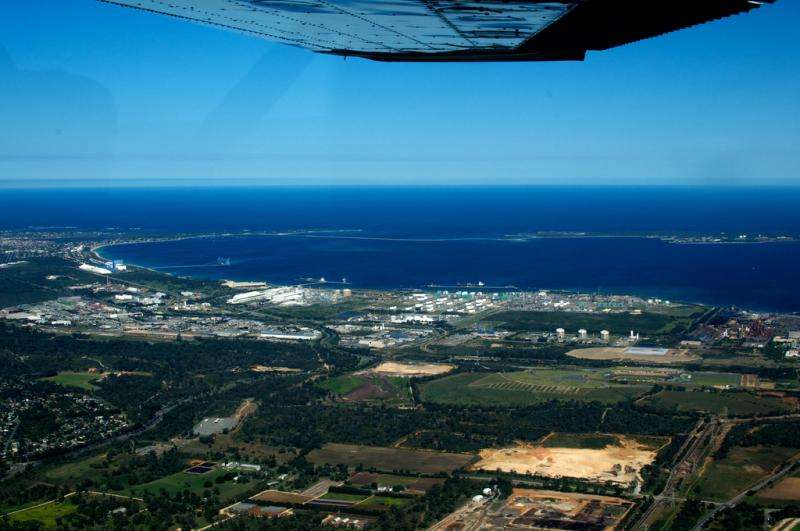Cockburn Sound fish victim to nature's bad hand

The algae behind the widespread fish kill in Cockburn Sound over recent weeks is a bad roll of nature's dice not the sign of a dead waterway, an environmental consultant specialising in port operations says.
The Sound is 'under stress', concedes Perth chartered marine scientist John Polglaze, who also sits on the Cockburn Sound Management Committee.
However, he agrees with the Department of Fisheries finding that the algal bloom causing the recently publicised fish deaths resulted from a random combination of factors and says that's not unusual in nature.
"Any body of water similar to Cockburn Sound is going to have natural events including elevated algae presence and depending on temperature and circulation, you can get periods of low oxygen," he says.
"I don't think it is a reflection that Cockburn Sound is dead water; I am quite comfortable with Fisheries' conclusion that it is one of those things; if you roll the dice often enough, you are going to get two sixes."
It is estimated more than 2000 fish have been killed across a variety of species, many washed up on beaches in the area, prompting speculation of a toxic spill from a ship near the port.
Cockburn Sound is a port fringed by Kwinana heavy industrial strip.
Department of Fisheries is monitoring fish stock to assess the long-term implications of the November mass kill.
A spike in the microscopic algae Chaetoceros spp was the most likely cause, with a number of contributing factors, DoF supervising scientist Michael Snow says.
It is a naturally occurring single-cell algae found in all marine and estuaries environments. Its silica spines irritate fish gills, resulting in the fish building-up mucous and ultimately respiratory failure.
The State of Cockburn Sound Report in 2013 found oxygen levels in some parts of Cockburn Sound below environmental quality guidelines.
Those low levels of dissolved oxygen, known to occur in the southern section of the Sound, may have placed the fish under extra stress, Dr Snow says.
An increase in surface water temperature, revealed in an analysis of satellite data, could also have supported the algae's growth.
The scientific investigation involved methodically eliminating other causes by screening for more than 120 algal toxins and industrial contaminants including fertilisers and heavy metals.
Mr Polglaze says historically seagrass has been lost and water quality diminished in the Sound.
However improved technology, industry recognition of its responsibility, tighter regulation and higher community expectation have worked together to improve it in recent years.
Provided by Science Network WA
This article first appeared on ScienceNetwork Western Australia a science news website based at Scitech.


















